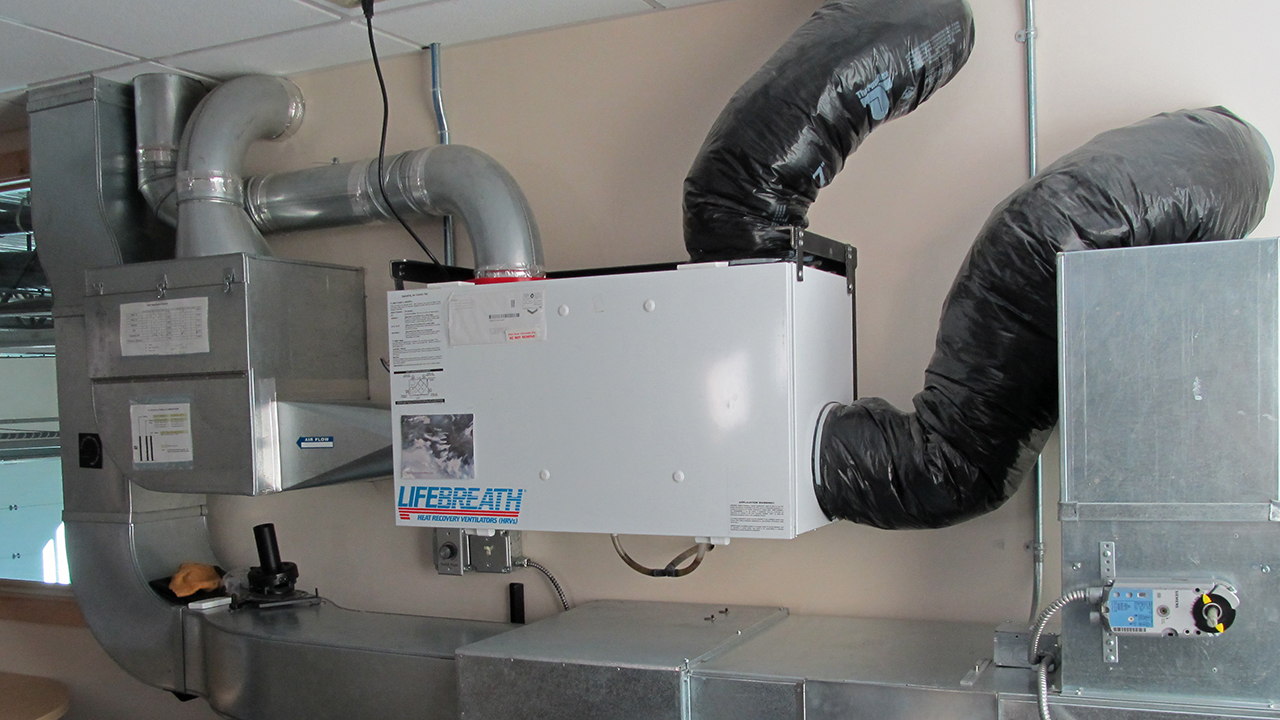Exploring the Perks of Heat Recovery Ventilation for Power Efficiency in Houses
Heat Recovery Ventilation (HRV) systems supply house owners a useful strategy to enhancing power effectiveness. By redeeming heat from outward bound air, these systems can considerably minimize cooling and heating expenses. In addition, they provide a steady supply of fresh air, boosting interior air high quality and convenience levels. As property owners consider lasting choices, understanding the subtleties of HRV systems ends up being significantly crucial. What elements should one review prior to making such an investment?
Understanding Heat Recovery Ventilation Solutions

How HRV Improves Indoor Air Quality

Energy Financial Savings: The Financial Benefits of HRV
Making best use of power performance, heat recovery ventilation (HRV) systems provide significant monetary benefits for house owners. By recouping and reusing warm from exhaust air, HRVs substantially lower home heating and cooling costs. This technology can bring about energy financial savings of up to 30%, depending upon climate and use patterns. Home click here to read owners usually discover minimized utility bills shortly after installment, making HRVs a monetarily smart investment in time. Additionally, several areas supply incentives or discounts for energy-efficient upgrades, better improving the financial allure. As power prices proceed to increase, the cost-effectiveness of HRVs becomes significantly clear. Overall, the consolidation of HRV systems not only advertises power effectiveness but also contributes to lasting financial savings for families.
The Environmental Impact of Heat Recovery Ventilation
A substantial ecological advantage of heat recovery ventilation (HRV) systems depends on their capability to reduce general energy usage. By redeeming warm from exhaust air and transferring it to inbound fresh air, HRV systems minimize the requirement for energy-intensive home heating and cooling methods. This reduction in power need adds to reduce greenhouse gas exhausts, as much less nonrenewable fuel source is required to preserve comfortable indoor temperatures. In addition, HRV systems boost interior air quality by efficiently trading stale air with fresh outdoor air, decreasing dependence on mechanical cooling systems that can harm the setting. In general, the implementation of HRV systems supports lasting living techniques and straightens with global initiatives to battle environment adjustment by promoting power effectiveness in property setups.
Choosing the Right HRV System for Your Home
How can home owners guarantee they choose the right heat recovery ventilation (HRV) system for their go to the website requirements? Initially, they need to examine their home's size and design, as these aspects affect air flow demands. Next off, examining the system's effectiveness ratings is essential, as greater scores suggest better performance and power savings. House owners should additionally consider setup and maintenance costs, contrasting different brand names and designs for value. In addition, it is essential to assess sound levels, as some systems run even more quietly than others. Consulting with HVAC professionals can provide customized suggestions based upon particular home problems. Finally, taking a look at user evaluations and service warranties can help in making an educated choice, making certain that the selected HRV system properly enhances indoor air high quality and power efficiency.
Regularly Asked Inquiries

Exactly how Frequently Should I Clean or Maintain My HRV System?
The regularity of cleansing or keeping a warmth recovery ventilation (HRV) system generally see it here relies on usage and ecological aspects. Typically, it is advisable to do maintenance every 6 months to assure peak performance and air top quality.

Can HRV Equipments Assist Lower Moisture Levels Inside?
HRV systems can efficiently lower indoor humidity degrees by exchanging stale, damp air with fresh, drier air from outdoors. HRV Heat Recovery Ventilation. This process assists keep a well balanced indoor atmosphere, boosting convenience and preventing moisture-related problems
What Is the Life-span of a Typical HRV System?
The life expectancy of a normal heat recovery ventilation (HRV) system varies, usually lasting between 10 to 15 years. Normal upkeep can expand its performance and operational life, ensuring peak performance throughout its use duration.
Exist Any Kind Of Noise Interest In HRV Solutions?
Noise worry about HRV systems can develop, particularly from fan procedure. Several modern-day systems are developed to decrease sound degrees, guaranteeing they operate silently while preserving effectiveness, which deals with potential disruptions in living atmospheres.
Can I Install an HRV System Myself, or Do I Required an Expert?
The individual contemplated whether to mount the heat recovery ventilation (HRV) system directly or hire a professional. Generally, while do it yourself setup is possible, knowledge guarantees correct capability and conformity with regional building ordinance, improving system performance.